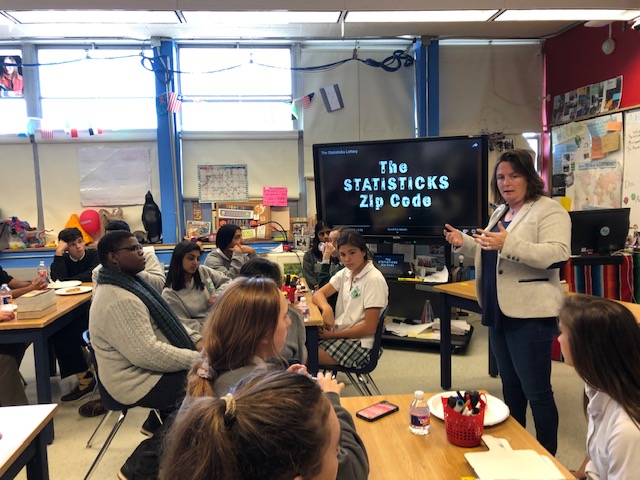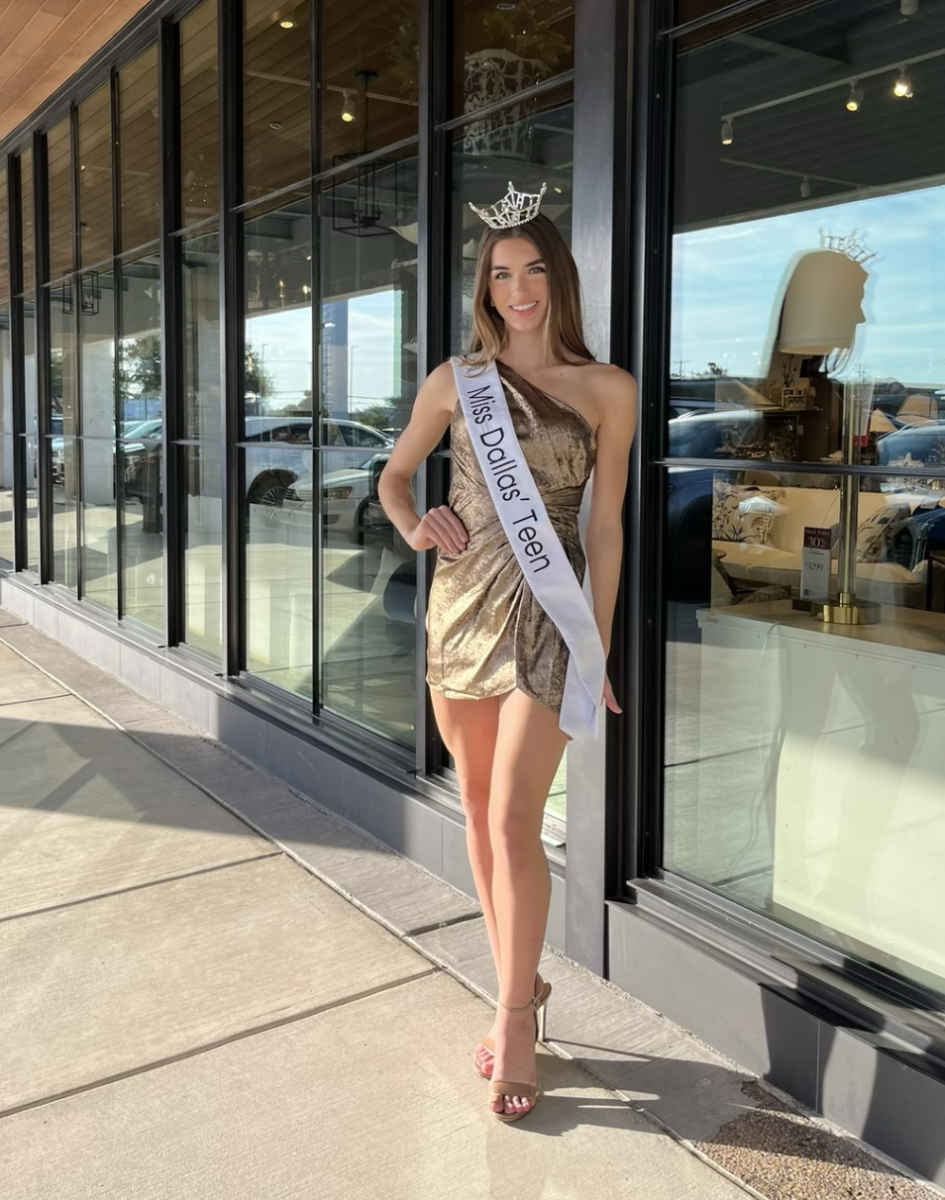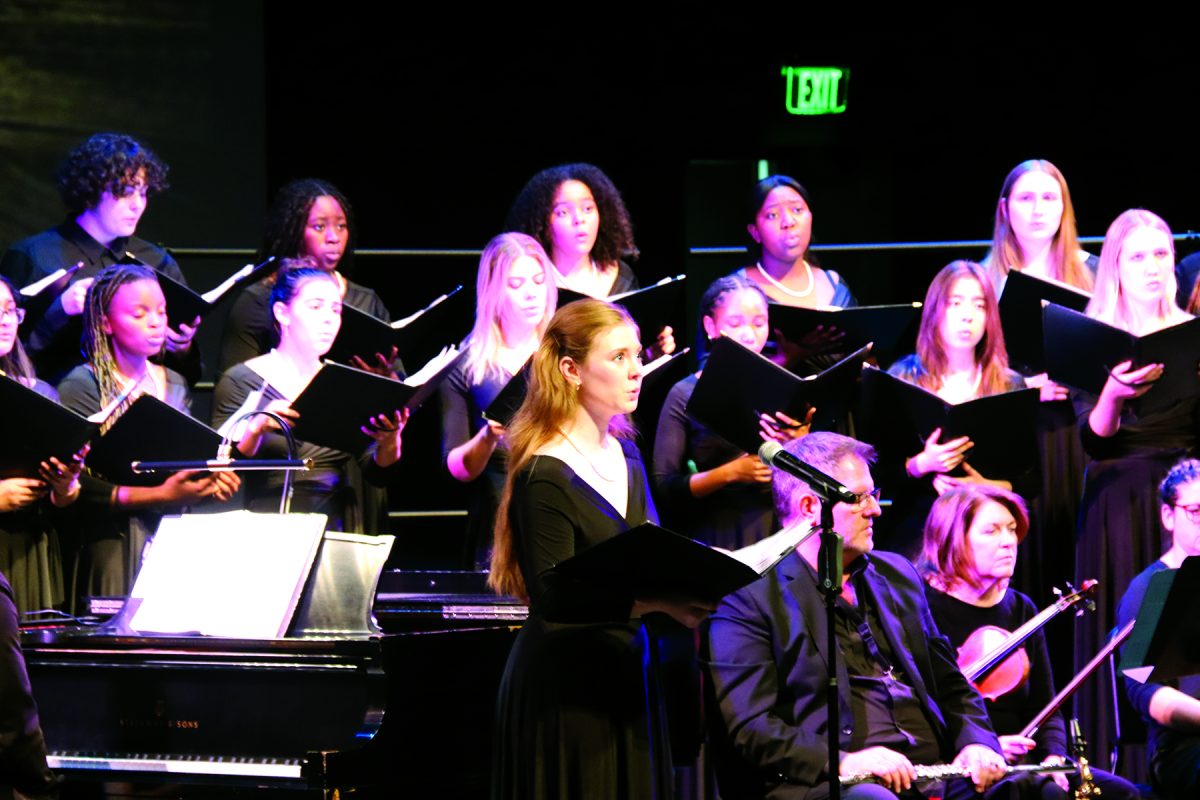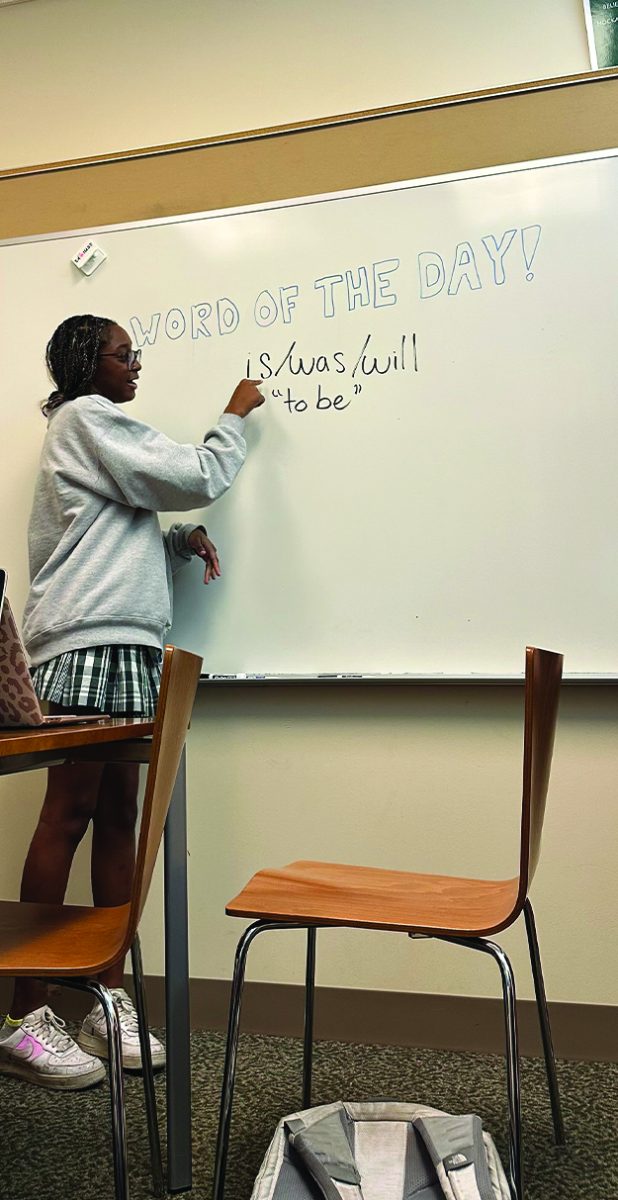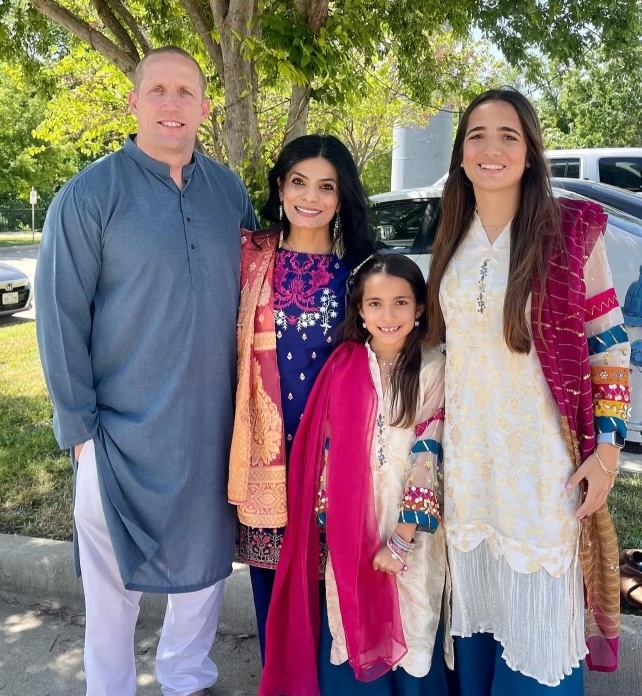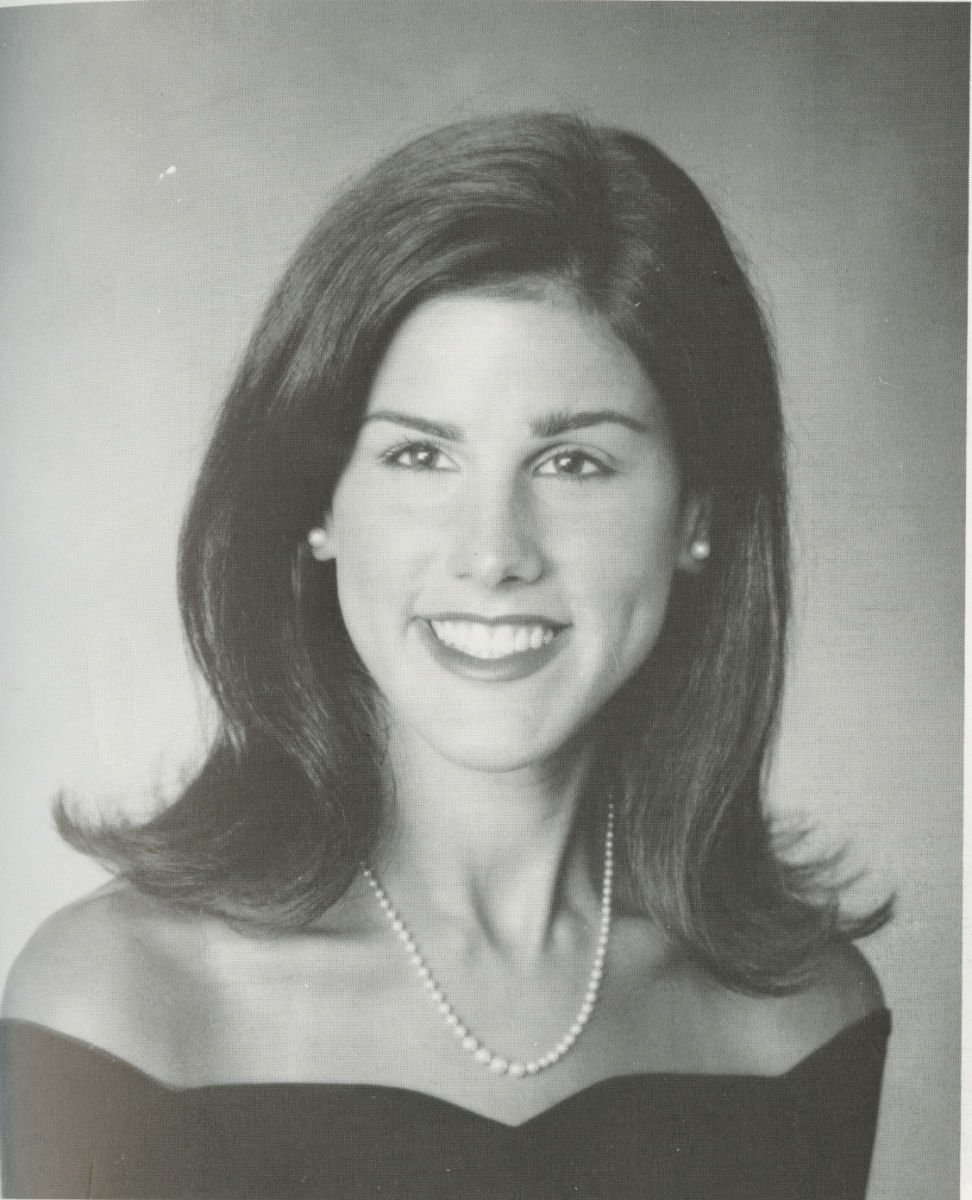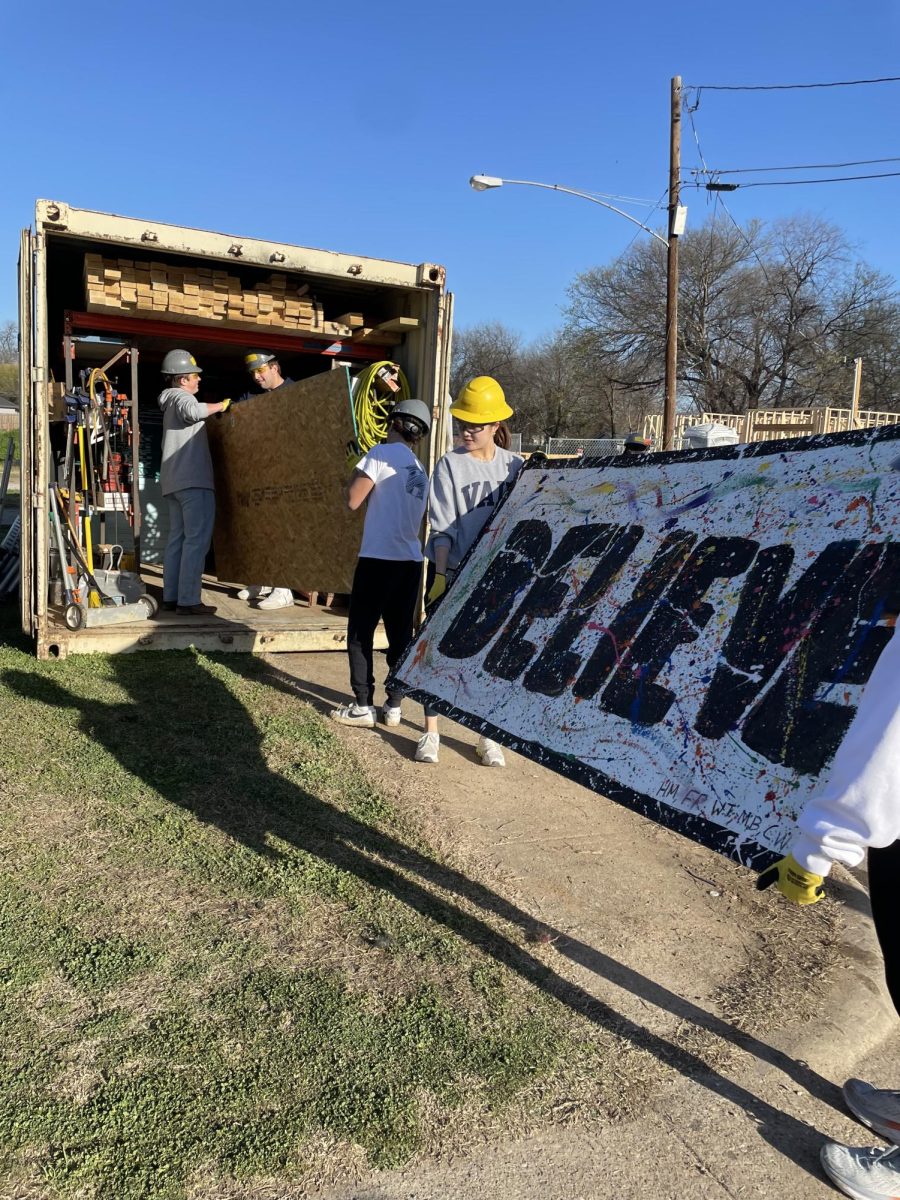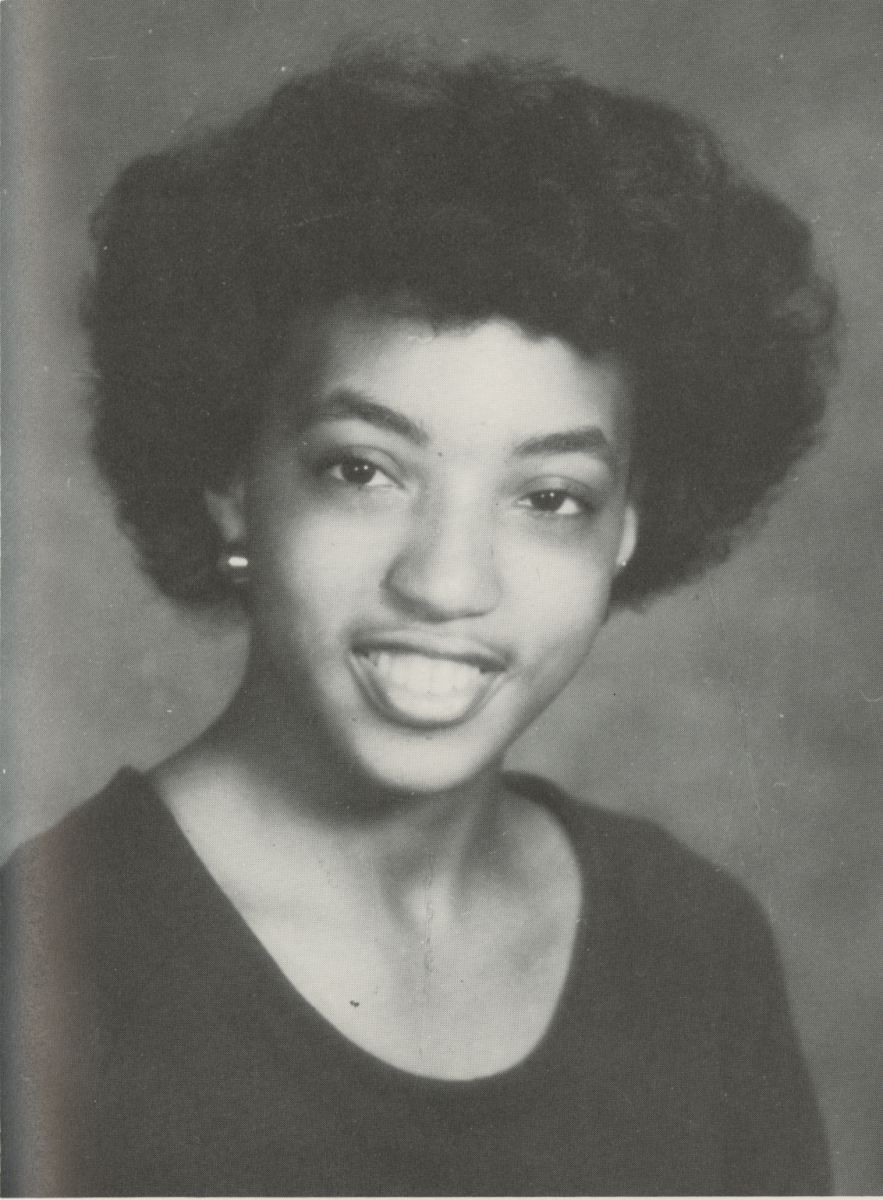Walking into a hospice patient’s home, Lilly Lerer ‘10 makes sure to slip off her shoes at the door, warmly greets the family members of the patient and then takes a seat on their couch, ready to converse.
One of the patients who she visits frequently is an 89-year-old man from China. He resides in a house with his wife, who is nearing the age of 90. Speaking in broken Chinese, Lerer communicates with her patient, nodding and smiling at words or phrases she does not understand.
However, that does not hinder the relationship she has with her patients.
“It’s amazing to see the effect that just being a listening presence has on the patients,” Lerer said. “When I show up, they are just elated.”
Lerer has the opportunity to work with patients and their families through the Visiting Nurses Association, one of three non-profit, non-curative comfort care treatment centers, also known as hospice centers, in North Texas. Lerer serves as the volunteer coordinator.
Lerer described hospice care as a “team sport” because each patient has a team of doctors, nurses, social workers, volunteers and therapists supporting them through their journeys. Because hospice care was founded on volunteer support, it is the only kind of medicine which heavily relies on volunteers. Volunteers are primarily there to do simple things like “paint nails, say hello, celebrate birthdays, be a presence, read news and most importantly, listen,” Lerer said.
Hospice work is unlike any other form of work in the medical field: patients who check into hospices are terminally ill and only have six months or less to live.
To some, working so close to death can be scary. But Lerer feels that it brings certain contentment to her own life.
“I could die five seconds from now, but I am living so fully it does not bother me that I’m going to die,” she said. “Although I absolutely love all my patients, it’s never really draining because I’m at peace with the process of death. It’s just really intense.”
From Zen to Hospice
Lerer achieved this peace and contentment through Zen meditation. Before she began working in hospice care, Lerer became involved in Zen when she was first introduced to it by former Upper School English teacher Barbara Orlovsky, who is now retired.
After her freshman year of college at the University of Chicago, Lerer chose to live in a monastery in New Mexico. She found solace in common household chores – there was much sitting, meditating, cleaning and working.
“Enlightenment is actually the product of doing dishes,” Lerer said. “It is the most meaningful of the Zen practices for me.”
In Lerer’s stay at the monastery, she learned to surrender her entire self and began to grasp an understanding of death and its connection with life. She then concluded that she was aware and informed about the “life” part of Zen, but lacked experience and knowledge about death, the other half of Zen.
Lerer further realized “what is wrong with the world is not environmental destruction, it’s the people. Once people feel good about themselves, they are less [destructive] to the world.”
Through this epiphany, along with her experience with Zen meditation and her time at the monastery, Lerer changed her major from environmental studies to medical anthropology, which resulted in her current job at the VNA.
Sages and Seekers
Lerer, who said that she would not be where she is today without Hockaday, decided to find a way to give back to the Upper School community. Modeled after a national program called Sages and Seekers, Lerer and English Department Head Janet Bilhartz discussed a program that would take Upper School students to volunteer at local nursing homes.
This project might be available to seniors in one English seminar during second semester, once they have less academic stress and the maturity and experience to handle the program.
“The students would write about the lives of the senior citizens, and these articles might be published in or outside of Hockaday,” Bilhartz said.
Because this idea was pitched to late to be implemented this year, the intention is for it to occur next year. Plans to develop the project will occur in the spring.
“We realize that in our lives, there is rarely somebody there to just listen to us,” Lerer said. “It’s very rewarding to see the effect that just being there has on the patients and their families.”
Lerer and Bilhartz would like to see Hockaday students be those people and just be there.
Cheryl Hao – Asst. Castoff Editor


